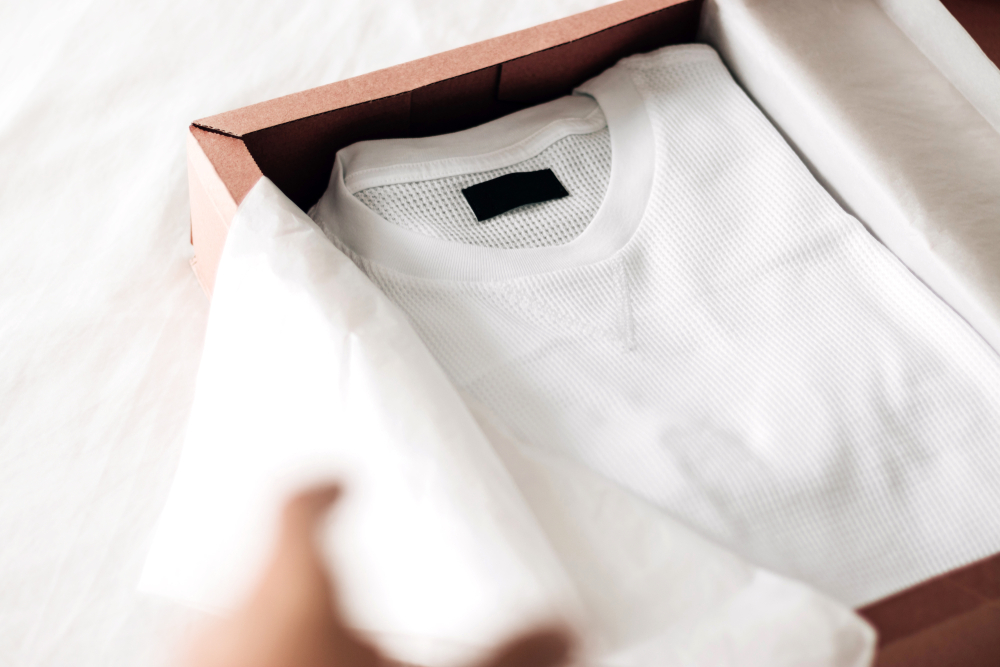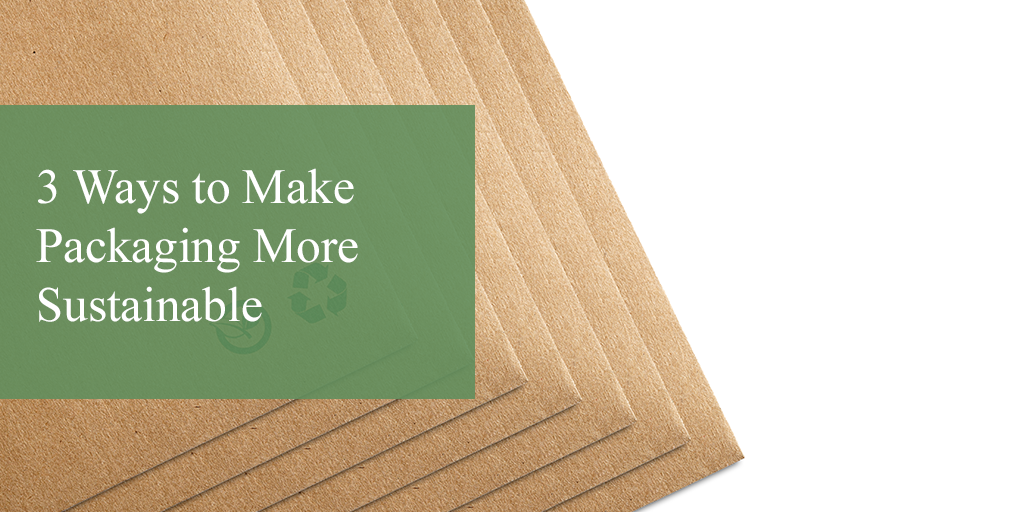Plastic is, well, everywhere. For something that has only been used in mainstream manufacturing for the past 60 to 70 years, plastic has made its mark on the world. From bags, bottles, and lids to containers, you’ve definitely touched something in plastic packaging today.
Sustainability and the notion of going plastic-free are gaining traction, but going green is more than just a trend. The same ease of use and durability that makes plastic so popular is also causing concern: nearly all the plastic ever created still exists today in some form.
Plastic doesn’t biodegrade easily, if ever. If it does manage to get munched on by the right bacteria or blasted by the powerful rays of the sun, it can still take decades or up to hundreds of years to break down.
Many customers are taking notice of plastic packaging and its negative impact on the environment. According to a 2017 survey, 63% of Americans are hopeful businesses will take an active lead to push for environmental change. Additionally, 68% of millennial customers purchased a product with a social or environmental benefit in the past 12 months.
So, how can companies take bigger steps to keep in line with customer’s desires and sustainable practices to create a better and more profitable future?
1. Reduce the Use of Plastic

Going plastic-free can mean getting a little creative with your packaging materials, but it's not that outlandish an idea! After all, plastic only became commonplace in manufacturing in the 1940s and 1950s. People have been making and shipping products since long before that. To make your packaging plastic-free, consider the following alternatives.
Recycled Cardboard and Paper
The most common, no-brainer replacement for plastic is paper! Paper products are easier to recycle. Likely, the paper products you have now are already made out of recycled paper! If the cardboard or paper is thrown out, it begins to break down in about two weeks to two months. Paper-based containers like rigid boxes are also very popular with customers for high-end products like perfumes and electronics due to their high-quality feel and durability.
Mushroom-Based Materials
Packaging materials can be made from mycelium, which is a mushroom root. That’s right. You can grow your own packaging! Agriculture waste like wheat chaff or cotton hulls is placed in a mold and mixed with mushroom spores to create a natural, biodegradable object in about a week.
Casein or Milk Plastic
Milk contains many protein molecules called casein, which can be turned into plastic. Casein plastic was popular until 1945 and is still used today to make buttons. Milk plastic is biodegradable, edible, and non-flammable.
Bamboo
Bamboo is the fastest-growing plant in the world, and it bounces back even faster after being cut. The wood is strong and flexible, and bamboo fibers can be turned into biodegradable paper and cloth.
Glass and Metal
Both glass and metal are completely recyclable infinitely. It is also easy for customers to repurpose and reuse metal and glass containers. For example, the Loop program is gaining traction, as it delivered your favorite products in reusable metal containers to your door and offers recycles services.
2. Streamline Your Packaging Method

Bigger isn’t always better. Take a hard look at your current packaging designs. Is everything necessary? If you’re shipping a lot of unused space, that could be costing you in the long run!
That unused space inside the box could be used or even eliminated.
Using less stuff when it comes to shipping is always a smart move, especially if you are unable to change packaging materials. Smaller packaging also helps to reduce not only shipping costs, but materials, resources, and emissions while the package is in transport.
Having less packaging around the product means happier customers in the end too! A simpler, more thoughtful un-boxing experience can help to delight your customers while expressing your brand.
Remember, good things come in small packages.
3. Switch to Plastic-Free Glue

Glue often makes up about 1% of the total finished package. Since the glue is often out of sight, manufacturers and consumers alike don’t think about the adhesives that bind the whole package together too much. Something as tiny as 1% can’t be that harmful, right?
Unfortunately, glues that are not plastic-fee are not biodegradable and can make it difficult to recycle packaging. All the plastic bits have to be removed from paper packaging before it can be recycled. This can weaken the cardboard and paper fibers, making paper products harder to reuse.
Plastic-free glues are readily available and come from sustainable sources. One of the longest-standing and most widely used biodegradable adhesives is protein glue, which has been used for thousands of years! Predominantly made from recycled gelatin netting, modern protein glue, also known as hide glue, is completely natural, non-toxic, and recyclable.
Download: The Pros and Cons of Protein Glue
This environmentally friendly glue is used by manufacturers to make a variety of packages, bound books, and more. Many manufacturers are even turning to protein glue as a replacement for traditional hot melt adhesive applications.
Protein glue comes in granular and cake form and is suitable for use in a number of glue application machines.
Sustainability Is Better for the Planet and your Bottom Line
Reducing your carbon footprint and going plastic-free is not only great for the environment, but for your company’s profits as well. Reducing waste and conserving resources reduces your manufacturing and shipping costs while improving your standing with customers.
If you’re interested in learning more about plastic-free sustainable packaging glues and how you can improve your sustainability practices, contact the adhesives experts at LD Davis.







